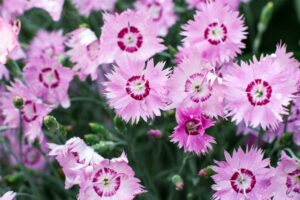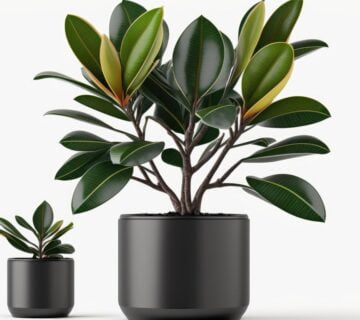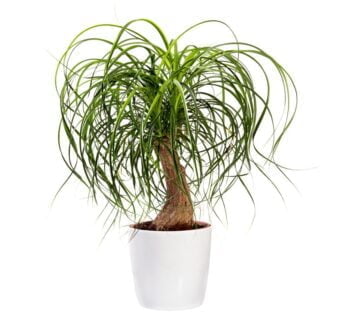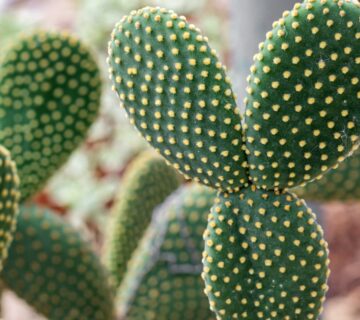Dianthus
Dianthus is a genus of flowering plants that belongs to the Caryophyllaceae family. It is commonly known as carnation, pink, or sweet william. Dianthus species are native to Europe, Asia, and Africa and have been cultivated for centuries for their attractive flowers and pleasant fragrance. Here’s some information about Dianthus:
Description:
Dianthus plants are herbaceous perennials or annuals, depending on the species. They grow up to 30-90 cm tall. They typically have slender stems and narrow, linear leaves that are often greyish-green in colour. The flowers are usually solitary or borne in clusters and come in various colours, including shades of pink, red, white, and purple. The petals have a distinctive fringed or serrated edge, which gives them a ruffled appearance.
Popular species and cultivars:
Dianthus is a genus of about 300 species of flowering plants in the pink family Caryophyllaceae , each with unique characteristics. Some well-known species include Dianthus caryophyllus (the carnation), Dianthus barbatus (sweet william), Dianthus chinensis (Chinese pink), and Dianthus deltoides (maiden pink). The hybrid varieties of Dianthus are often bred for specific flower colour, size, and fragrance.
Growing conditions:
Dianthus plants prefer well-drained soil and full sun exposure. They are generally tolerant of a wide range of soil types but thrive in moderately fertile and slightly alkaline soil. Adequate air circulation is essential to prevent diseases. Dianthus can be grown from seeds or propagated through cuttings or division.
Care and maintenance:
Dianthus plants require regular watering, especially during dry spells, to ensure healthy growth. However, it’s important not to overwater them, as they are susceptible to root rot. Deadheading, the removal of faded flowers, promotes continuous blooming. Dianthus plants benefit from a balanced fertilizer application during the growing season.
Uses:
Dianthus plants are popular in gardens, borders, and rockeries due to their colourful and fragrant blooms. The flowers make excellent cut flowers and are often used in floral arrangements. Some species, such as Dianthus caryophyllus, are commercially cultivated for the cut flower industry. Additionally, Dianthus is sometimes grown as a ground cover or used in container gardening. Some Dianthus species have edible flowers used in salads or as garnish. The flowers are also used in herbal medicine and as a source of essential oils.
Symbolism:
Dianthus flowers have symbolic meanings associated with love, admiration, and distinction. They are often used in weddings, anniversaries, and other special occasions. Carnations, a popular type of Dianthus, are the birth flowers for the month of January and the official flower for Mother’s Day in some countries.
Pests and diseases:
Dianthus plants can be susceptible to certain pests and diseases, including aphids, slugs, snails, and powdery mildew. Regular inspection and appropriate preventive measures, such as maintaining good airflow and practicing proper watering techniques, can help minimize these issues.
Things to know about Dianthus
Common (vernacular) Name
विंका (Hindi), Vinca, Sadabahar, Madagascar Periwinkle, Catharanthus Roseus, Nityakalyani, Bara Massi, Bright Eyes, Cape periwinkle, Graveyard Plant, Old maid, Pink Periwinkle, Rose Periwinkle, and many more.
Botanical Name
Catharanthus roseus
Origin
Island of Madagascar
Family
Apocynaceae
Plant Type
Tropical plant
Plant Features
Ornamental / Evergreen / Exotic
Life Cycle
Perennial
Landscape Uses
Container, Walkways, Ground Cover, Mass Planting and Houseplants.
Species
Apricot Cooler Improved, Aztec Pink Magic, Blue Pearl, Cascade Beauty White, Cooler Icy Pink, Cooler Orchid, Cooler Peppermint, Cora Burgundy, Cora Cascade Cherry, Cora Cascade Strawberry, Cora Red, Experimental Dee, Jams and Jellies, Mediterranean Lilac, Mediterranean XP Cherry Halo, Mediterranean XP Rose Halo, Nirvana Pink Blush, Nirvana Red, Nirvana Sky Blue, Nirvana Violet, Pacifica White, Sunshower Lilac, Titian Icy Pink
Varieties
It comes with more than 30 varieties in various leaf and flower colourations.
Size
Height : 1 to 1.5 feet tall and Width : 1 foot wide when mature.
Indoors or Outdoors
Outdoors : Anthurium can be used outdoors in shady plantings; avoid direct sunlight.
Indoors : Excellent plant growth in bright light or indirect light. Best indoor plants for beginners.
Blooming / Flowering
The blooming period is throughout the year.
Flower Colour
It’s come in Pink, White, Purple, Red and Multicoloured.
Lucky Plant
According to Feng Shui, It brings Good Luck in your relationships.
Lighting / Sun Exposure
Bright Indirect Sunlight.
Temperature
Grow best in warm temperatures above 21°C and tolerate max temp. as high as 32°C.
Growth Rate
Anthurium is a slow to moderate grower plant.
Watering
Moderate watering, Mist or overhead sprinkler to provide water and to improve relative humidity. Do not tolerate overwatering, It can cause root damage and leaf yellowing.
Fertilizer
Applying slow-release fertilizer or a water-soluble liquid fertilizer once or twice during the growing season (from spring to summer) is recommended.
i.e., - Cow dung, DAP, Compost, NPK 30-10-10 fertilizer, liquid organic fertilizer etc.
Pruning
Pruning of Anthurium, little is needed. However, trimming away only discoloured or dead leaves.
Propagation
Seeds : The best time to sow your Anthurium seeds is at the end of Winter / early Spring, but it can't give good results.
Stem Cuttings : The easier propagation methods of Anthurium in water or soil via stem cuttings can be done during the warm growing season.
Division : The division of Anthurium can be done in the Rainy season or, better, from February to March.
Dormancy Period
Month : November to February (winter season)
Shed their leaves and show poor growth, Watering minimally.
Avoid : Propagate, Fertilize and Repotting.
Container
Ceramic Pot, Plastic Pot, Terracotta or Clay Pot is preferred, which ensures good drainage and water holding capacity.
Soil Type
A well-drained Loam / Coarse potting soil and water-holding capacity are recommended. Prevent soggy potting medium.
Our recommendation for the potting mix: Equal part mixture of Garden Soil (25%) + Compost (25%) + River Sand (25%) + Cocopeat (25%). You can substitute pieces of Charcoal, Vermicompost, Perlite etc.
Soil pH
Lightly Acidic soil - Ideally, 5.5 to 6.5 pH (potential of hydrogen) is recommended for Anthurium.
Repotting
It is advisable to repot the Anthurium every year or two, preferably during the spring to midsummer season.
Maintenance
Low maintenance and easy to grow.
Properties
The plant poses toxicity risks to both humans and pets if ingested.
Benefits
Excellent indoor air purifier, Anthurium plants turn CO2 into oxygen. It purifies indoor air by removing harmful chemicals like ammonia, toluene, xylene and formaldehyde.
Special Features
It does not attract hummingbirds and pollinators in the same way it does butterflies, bees, or wasps.
Infestation / Pests
Aphids, Scale insects, Thrips, Mealybugs, Spider mites, caterpillars etc.
Diseases / Problem
Physiological Problem : Anthracnose, Leaf Spot and Powdery Mildew.
Bacterial Problem : Bacterial Blight, Bacterial Wilt and Black Nose Disease.
Fungal Problems : Root Rot and Water Mold.
In conclusion, Vinca or Sadabahar plants are prized for their beautiful flowers, easy maintenance, and versatility in various garden settings. With their vibrant colours, heat tolerance, and ability to attract pollinators, they can bring joy and visual interest to any garden or landscape.
Some Glimpse of Dianthus







No comment